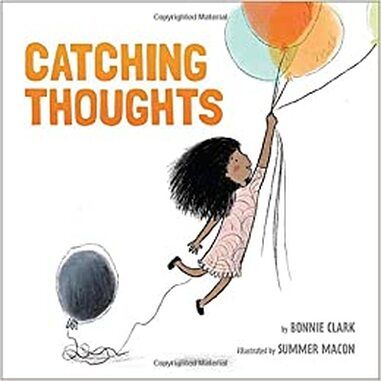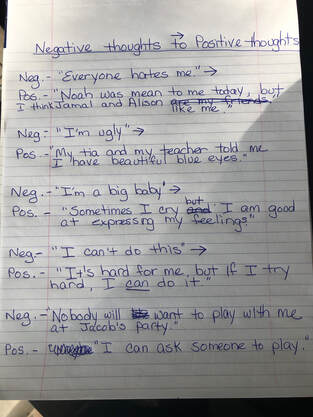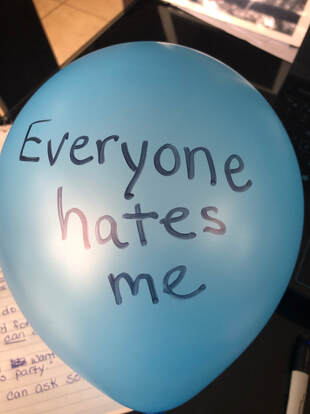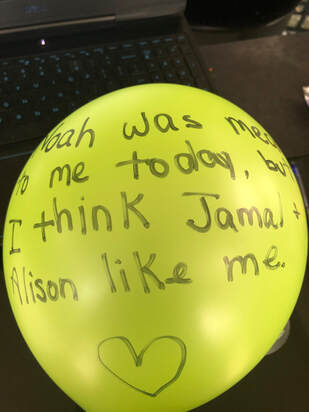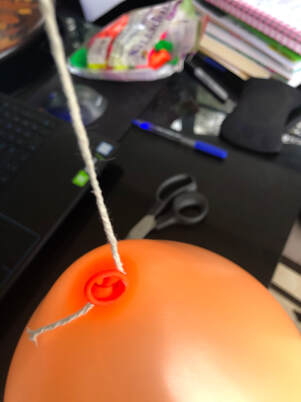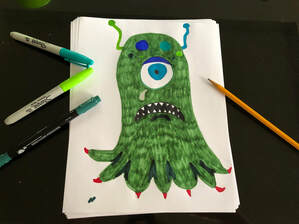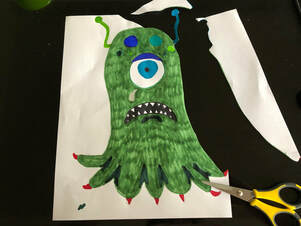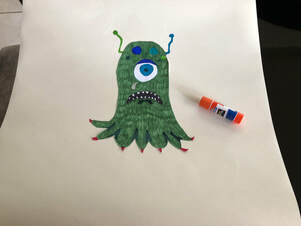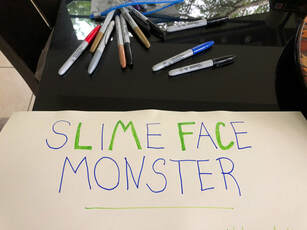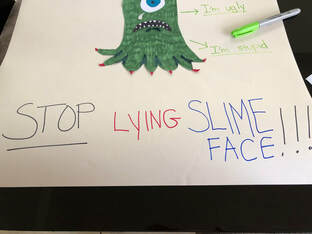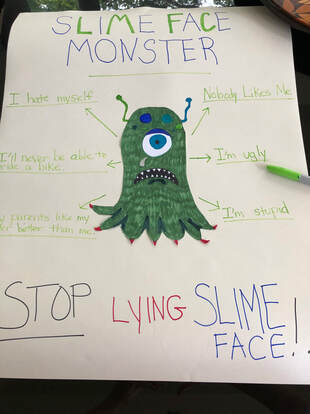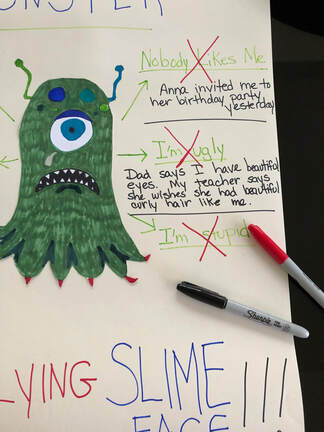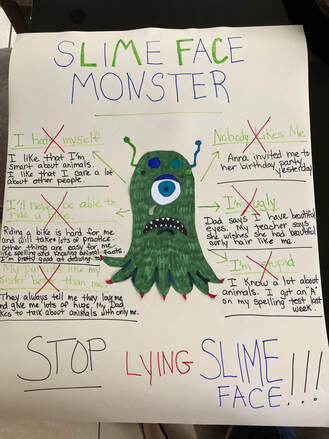A Book Review of Catching Thoughts
Catching Thoughts is an empowering picture book for children ages 4 - 8. The author, Bonnie Clark, introduces thoughts using a balloon analogy, which helps children think more tangibly about this abstract concept. The main character starts out with "just a teeny, tiny, little thought" that grew into a bigger and more bothersome thought that took over her mind. "It seemed like there was no more room in my head for anything but the one horrible thought." After many attempts, she was unable to get this big, negative thought out of her mind. When she acknowledged the thought, she was able to see that it wasn't as powerful as it appeared. Only then was she able to catch other thoughts that were more positive. When the negative thought started to come back, she simply acknowledged it and "gently pushed it to the side." This is an important insight in dealing with negative thoughts. They can't be forced out, but if they are acknowledged and consciously set aside, one is able to make room for accepting more positive thoughts. Through her empowering language, Ms. Clark demonstrates to children that they have a choice to change their negative self-talk. The illustrator, Summer Macon, does a wonderful job with the pictorial representation of the change in mood and behavior using color, facial expressions and actions that corresponds to pulling in positive thoughts. I strongly recommend this book to help children learn, and adults remember, the power they have over their thoughts. To reinforce the concept of replacing negative thoughts with positive ones, I have included an activity below. To purchase the book or find fun activities, check out the author's website here. Activity Idea for Catching Thoughts Materials needed: -pen/pencil -paper -Balloons (various colors) -Black permanent marker -string -scissors
2 Comments
A Book Review of Brianna and the Blue Monster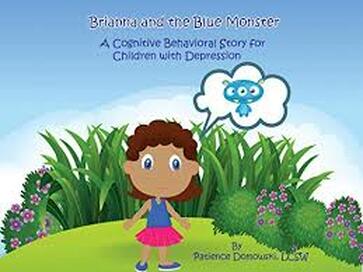 Brianna and the Blue Monster: A Cognitive Behavioral Story for Children with Depression Written by Patience Domowski, LCSW The rates of depression in children have been rising over the past several years. Most of us don't want to believe that children can suffer from depression, especially severe depression. However, it is a reality. We are not talking about the minor day to day sadness and disappointments that all children experience. We are talking about clinical depression. It is crucial to treat depression in children. Untreated depression can pose a risk of suicide at that time or later in life. As shown through this book, Briana and the Blue Monster, depression can be treated effectively. Depression in children can be more difficult to recognize than in adults. As children have not yet mastered how to describe their feelings, they may have difficulty verbalizing their deep feelings of sadness and hopelessness. Below are signs of depression in children. All of these symptoms do not need to be present to meet the diagnosis. The symptoms need to be present for most days and the duration at least two weeks. If you suspect depression in your child, it is important to get therapeutic help as soon as possible. Signs of Depression in Children: 1. Irritability and anger 2. Loss of interest in activities that used to be fun for them 3. Physical/body symptoms including aches and pains, stomach aches, headaches 4. Restlessness or Fatigue 5. Difficulty separating from parents 6. Withdrawal from social activities 7. Difficulty concentrating 8. Talking about death/dying, giving away favorite possessions 9. Sleep increase or decrease 10. Appetite/Weight changes 11. Low self-worth 12. Frequent crying and sadness for no apparent reason In her book, Brianna and the Blue Monster, Patience Domowski presents the common thoughts and feelings of young children with clinical depression. It is not a traditionally published storybook, but more of a tool for therapists and/or parents to use specifically for children suffering from depression. It explains the concept of depression in a manner that kids can understand and not feel so alone. The book appears appropriate for children ages 4-9. Ms. Domowski does a great job showing how a child's feelings can manifest in the home and school environment. She does not shy away from the severe symptoms that some children can experience, such as the thought "...maybe I should never have been born." The book portrays understandable concern on the part of the parents and family and how they take action to help Brianna. I especially like how Ms. Domowski describes, in a kid-friendly manner, the purpose of a therapist and the typical experience in a therapist's office. The most important part of this book is the skillful way in which this author introduces cognitive-behavioral therapy at a level useful and fun for a young child. She describes negative self-talk as an imaginary monster in your head that tells you bad things about yourself. She presents activities to help children defeat this lying monster. It is a very creative approach to applying Cognitive-Behavioral Therapy to young children. She also introduces role-playing techniques and other helpful activities to help children that are suffering from depression. The ending to this book is very hopeful. There are questions and activities at the back of the book for further exploration and treatment. I recommend Brianna and the Blue Monster and the presented activities for therapists to use in their practice with children suffering from depression. I recommend it for parents as a way to help their child understand their problems with depression and to present the idea of going to a therapist. This book should not be read independently by a child, but rather with a parent or therapist in a supportive manner. Even though there are many valuable activities presented in the book, I have added an additional activity in this post as an extension to the concepts in this book. Patience Domowski, LCSW, is a Clinical Social Worker practicing in Chester County, Pennsylvania. She has written several books with mental health themes for children and a book on parenting. Check out her website at patiencesbehaviortherapy.com. Activity Idea for Brianna and the Blue MonsterMaterials Needed: Poster board or large paper markers/crayons scissors glue
|
Follow me on Twitter, Pinterest and LinkedIn
Categories
All
|
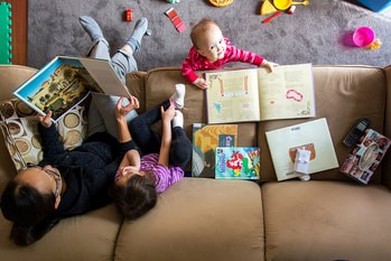
 RSS Feed
RSS Feed
